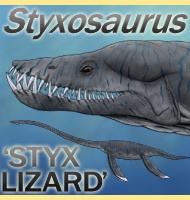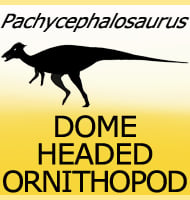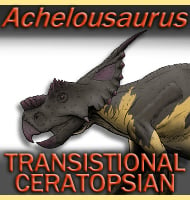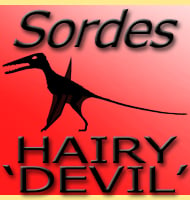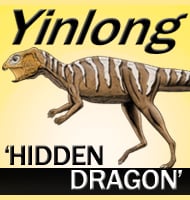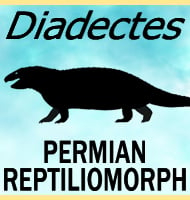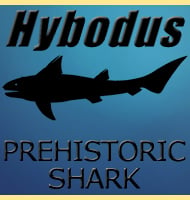In Depth
Mesopropithecus is currently the smallest of the known sloth lemurs although originally it was thought to have been similar to today’s modern indriid lemurs, an idea based upon comparison between the known skulls. In 1986 however, post cranial remains were found and attributed to the genus and immediately the key feature of a forelimb much longer than a rear limb was identified, something that indicated Mesopropithecus was a sloth lemur. With this in mind it’s possible that Mesopropithecus might represent a more primitive form of sloth lemur that the more specialised genera evolved from. Even if this is true however we do know that Mesopropithecus likely lived alongside other more specialised sloth lemurs until they all went extinct within a few centuries of one another. This extinction is thought to have been down to the combined effects of human hunting and habitat loss through human activities. Mesopropithecus has been classed as a sloth lemur because the forelimbs are proportionately longer than the rear limbs which indicate that Mesopropithecus relied upon these limbs to reach out and pull itself along branches. Indriid lemurs by contrast have longer hind limbs which they use to leap from branch to branch. Mesopropithecus however was a climber that would either walk across branches or hang from underneath them, an ability that was helped by skeletal adaptations that would allow it to travel this way. This more sedentary lifestyle would also require less energy than the more active indriids, which explains why Mesopropithecus and particularly some related sloth lemurs grew so large, since the energy it acquired from its food was used to sustain its body rather than move around. Mesopropithecus had a robust physique to deal with this size and weight to the point that it looks like a more heavily built indriid. This is why Mesopropithecus is considered to be somewhere in between since it’s too heavily built to be an indriid, while not as robust as other more specialised sloth lemurs.
There is some confusion regarding the lower jaw dental formula of Mesopropithecus (a problem shared by other sloth and indriid lemurs). One of the teeth is either an incisor or a canine although it is exceedingly difficult to make a clear distinction between the two types. This means that the lower jaw dental formula for Mesopropithecus is either 1.1.2.3 (one incisor, one canine, two premolars, three molars) or 2.0.2.3 (two incisors, no canines, 2 premolars, three molars). When combined with the upper dental formula of 2.1.2.3 however, both lower dental formulas add up to a total of thirty teeth in the mouth. The four frontal teeth are also arranged in a form of tooth comb as a feeding adaptation. Mesopropithecus is usually depicted as a folivore (an eater of leaves), but is also thought to have eaten fruits and seeds as well, the latter to the point of Mesopropithecus being described as a ‘seed predator’, an animal that makes special effort to eat seeds while often leaving other edible parts untouched.
There is obviously some variation between the remains of different Mesopropithecus species, but they can also be arranged by estimated weight and known geographical range of sub fossil remains. The table below provides a simple overview of this information.
Further Reading
Other known sloth lemurs include Palaeopropithecus, Archaeoindris and Babakotia, the latter one thought to be closest to Mesopropithecus while the first two are considerably bigger.

